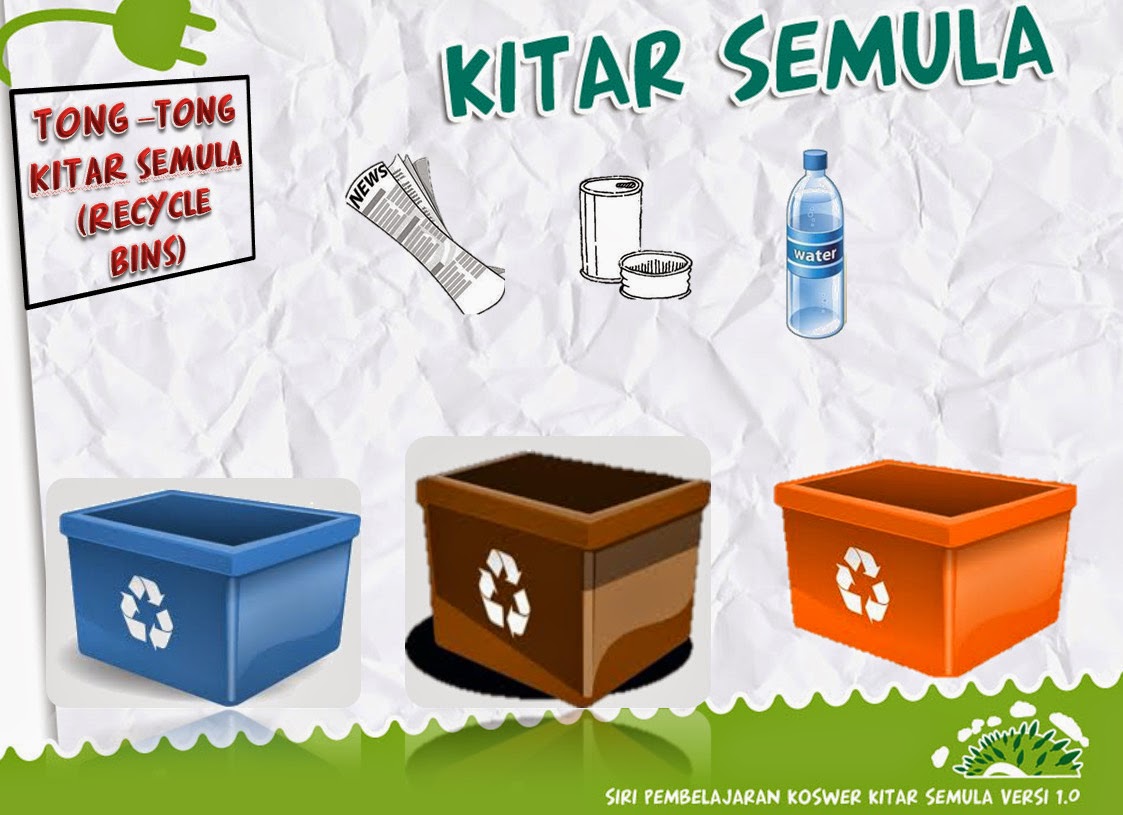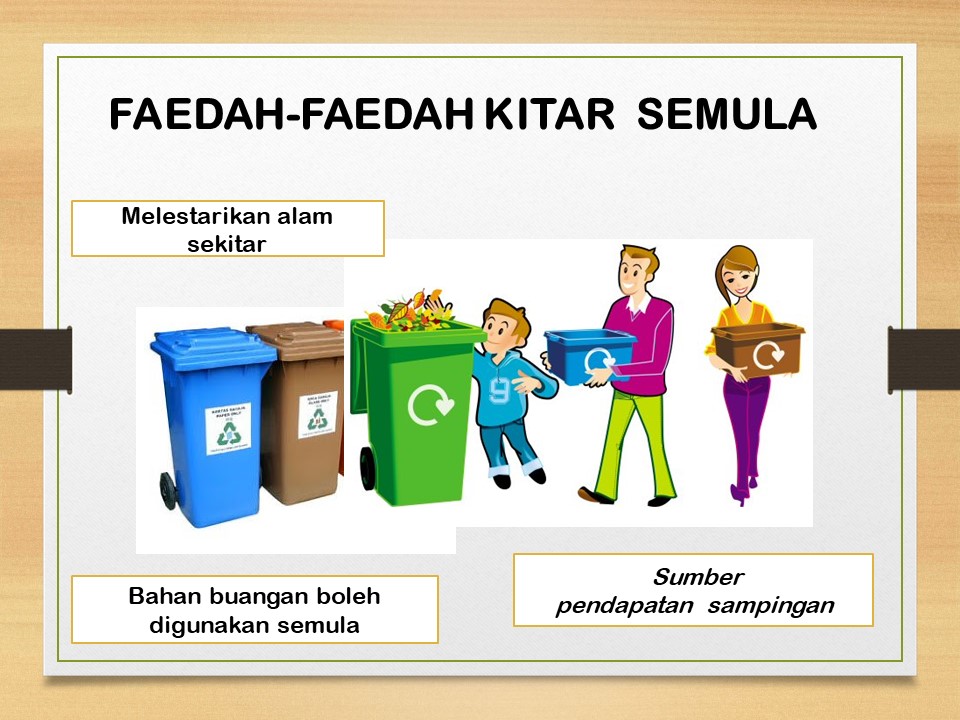Denmark's Recycling Revolution: A Model for Sustainable Living
Imagine a world where trash is not discarded but transformed into valuable resources, where landfills shrink, and the environment thrives. This is not a utopian dream but a reality Denmark is steadily building through its ambitious recycling initiatives. For decades, Denmark has been at the forefront of environmental consciousness, consistently pushing the boundaries of what's possible in waste management and resource recovery. Their journey is an inspiration and a practical roadmap for nations worldwide striving for a greener future.
Denmark's commitment to environmental stewardship runs deep, with recycling practices woven into the fabric of their society. It's not just a government mandate but a way of life embraced by citizens across generations. But how did this small Scandinavian nation become a global recycling powerhouse? The answer lies in a multi-pronged approach combining innovative technologies, robust infrastructure, and a deep-rooted sense of collective responsibility.
One of the cornerstones of Denmark's recycling success is its comprehensive deposit-return system. From plastic bottles to aluminum cans, consumers pay a small deposit that is refunded upon return. This incentivizes recycling and ensures a consistent flow of high-quality materials for reprocessing. But Denmark's ambition extends far beyond simple bottle banks. They have developed sophisticated sorting facilities capable of handling complex materials, including plastics, electronics, and even construction waste. These facilities utilize advanced technologies like optical sorting to separate different materials with incredible precision, maximizing resource recovery and minimizing landfill waste.
The impact of Denmark's recycling revolution is evident. Recycling rates are among the highest in the world, with a significant portion of their waste being diverted from landfills and transformed into valuable resources. This has not only reduced their environmental footprint but also created new economic opportunities. The recycling industry in Denmark is thriving, providing jobs and contributing to the country's green economy.
Denmark's story demonstrates that effective waste management is not just an environmental imperative but also an economic opportunity. Their experience provides valuable lessons for nations worldwide, showing that a circular economy, where resources are reused and recycled, is achievable. As we face the growing challenge of waste management globally, Denmark's success story serves as a beacon of hope and a testament to the power of human ingenuity in building a sustainable future.
Advantages and Disadvantages of Denmark's Recycling System
| Advantages | Disadvantages |
|---|---|
| High recycling rates | Complex sorting infrastructure requires significant investment |
| Reduced reliance on landfills | Public awareness and participation are crucial for success |
| Creation of green jobs | Potential for contamination if sorting is not done properly |
Best Practices for Implementing Successful Recycling Programs
Denmark's success in recycling provides a blueprint for other nations. Here are some key takeaways:
- Comprehensive Deposit-Return Systems: Implementing deposit-return systems for a wide range of materials incentivizes recycling and increases collection rates.
- Investment in Advanced Sorting Technologies: Utilizing cutting-edge sorting facilities allows for the efficient separation of complex materials, maximizing resource recovery.
- Focus on Public Education and Awareness: Continuous education campaigns are crucial to inform the public about proper sorting practices and the benefits of recycling.
- Strong Government Support and Regulations: Clear regulations and government support are essential for creating a conducive environment for recycling initiatives.
- Collaboration between Stakeholders: Fostering collaboration between government, industry, and citizens is crucial for the long-term success of recycling programs.
Challenges and Solutions in Denmark's Recycling System
Despite its success, Denmark's recycling system still faces challenges. Here are some of them, along with potential solutions:
- Contamination: Improper sorting by consumers can lead to contamination, reducing the quality of recycled materials. Solution: Continued education and clear labeling on recycling bins.
- Complex Materials: Recycling certain materials like multi-layered plastics remains a challenge. Solution: Investing in research and development of new recycling technologies.
- Maintaining Public Engagement: Sustaining high levels of public participation in recycling requires ongoing effort. Solution: Innovative campaigns and incentivization programs to keep citizens engaged.
- Funding and Infrastructure: Maintaining and upgrading recycling infrastructure requires significant investment. Solution: Exploring public-private partnerships and securing long-term funding mechanisms.
- Global Market Fluctuations: The market for recycled materials can be volatile, impacting the economics of recycling. Solution: Diversifying markets and developing domestic demand for recycled products.
Frequently Asked Questions about Recycling in Denmark
1. What are the different types of waste collected separately in Denmark?
Denmark has separate collection systems for various waste streams, including plastic, metal, glass, paper, cardboard, organic waste, electronics, and hazardous waste.
2. What happens to the recycled materials collected in Denmark?
Recycled materials are sent to processing facilities where they are sorted, cleaned, and processed into raw materials for manufacturing new products.
3. Is there a financial incentive for recycling in Denmark?
Yes, Denmark has a deposit-return system for beverage containers, where consumers pay a deposit that is refunded upon return.
4. What is the role of the government in promoting recycling in Denmark?
The Danish government plays a significant role through legislation, setting targets, providing funding, and implementing awareness campaigns.
5. How does Denmark handle waste that cannot be recycled?
Non-recyclable waste is sent to waste-to-energy plants, where it is incinerated to generate electricity and heat, minimizing the amount of waste going to landfills.
6. What are some of the challenges faced in maintaining high recycling rates in Denmark?
Challenges include maintaining public awareness, managing complex materials, and ensuring the economic viability of recycling processes.
7. What can other countries learn from Denmark's success in recycling?
Denmark's comprehensive approach, including deposit-return systems, advanced sorting, and strong government support, provides valuable lessons for other nations.
8. How can individuals contribute to recycling efforts in Denmark or elsewhere?
Individuals can contribute by practicing proper waste sorting, reducing consumption, choosing reusable alternatives, and supporting businesses with sustainable practices.
Tips and Tricks for Effective Recycling in Denmark (and Beyond)
Here are some simple yet effective tips to enhance your recycling efforts:
- Rinse food containers and bottles before discarding them to prevent contamination.
- Break down cardboard boxes to save space in recycling bins.
- Remove plastic windows from envelopes before recycling them.
- Familiarize yourself with local recycling guidelines as they may vary depending on your municipality.
- Choose products with minimal packaging to reduce waste generation in the first place.
Denmark's journey in revolutionizing recycling is a testament to what can be achieved through collective action, innovative thinking, and unwavering commitment. By embracing a circular economy, they have not only reduced their environmental impact but also created a more sustainable and prosperous future. As we grapple with the global waste crisis, Denmark's model serves as a beacon of hope and a call to action for individuals, communities, and nations to rethink their relationship with waste and embrace the transformative power of recycling. Their success story reminds us that by working together, we can build a world where resources are valued, waste is minimized, and the environment is protected for generations to come.
The art of the first impression entry hall table decor
Unlocking style with home depot gray paint
Cape town licence renewal go digital skip the queue











